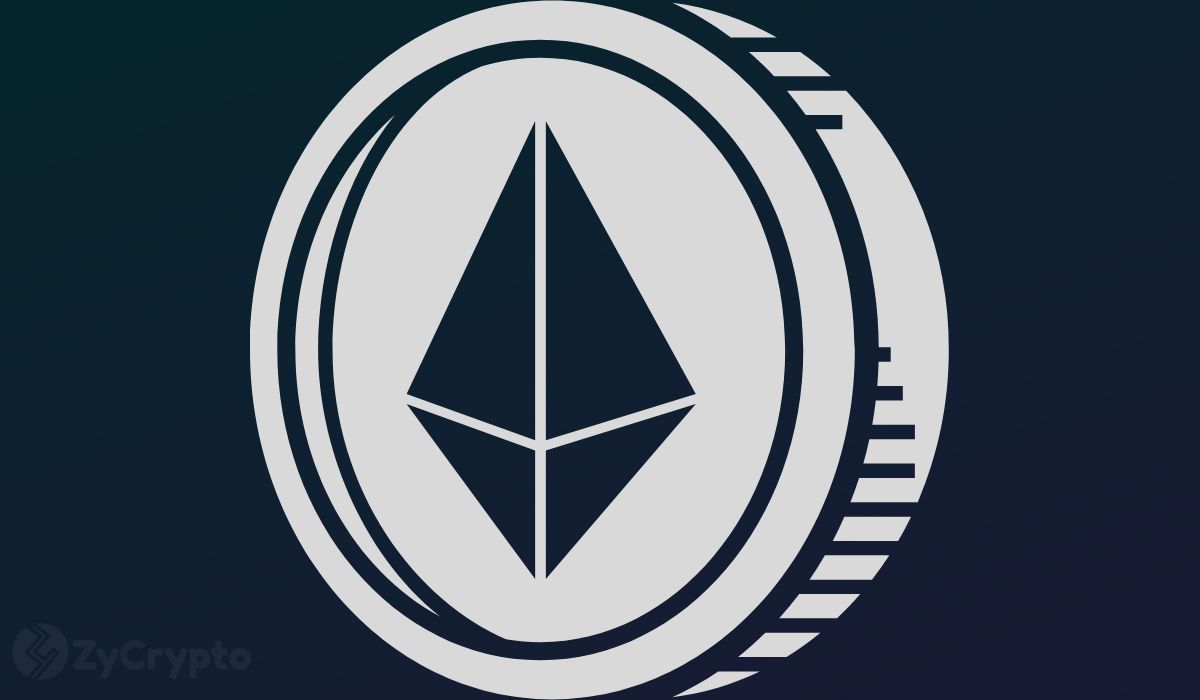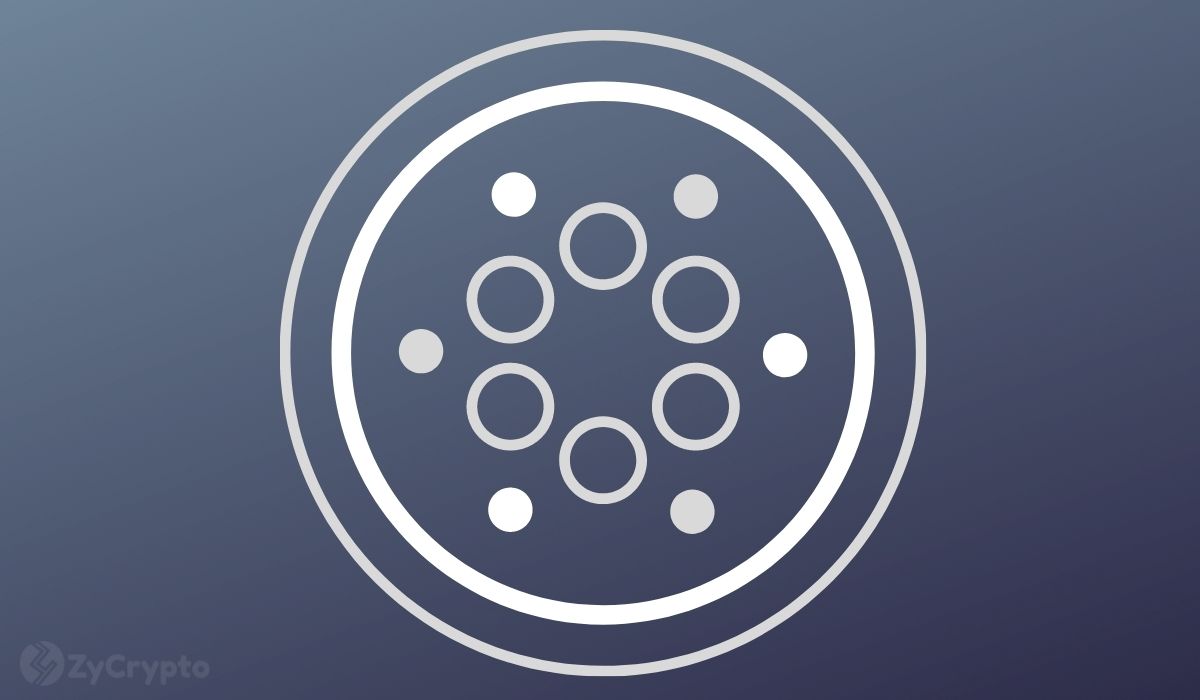
2018-8-15 21:53 |
This month, we celebrate Ethereum’s third birthday and reflect upon the many milestones that have occured in the industry since the dawn of the original smart contract blockchain. Mainstream interest is burgeoning, market capitalization for the industry has increased by over 5,900 percent, and the number of cryptocurrencies currently in circulation is at an all-time high. Up until recently, it seemed as if Ethereum would be one of the only platforms capable of fostering the mainstream adoption of blockchain technology. That is, until Cardano (ADA) appeared.
While admittedly in its early stages, Cardano is already being labeled by some experts as a scalable solution to several of the inefficiencies created by Ethereum, which, some say, seems to be suffering from its own success. In recent months, the platform has been inundated with a slew of new decentralized applications (DApps) that are creating a bottleneck effect on the Ethereum blockchain.
As famously portrayed by the meteoric rise of blockchain craze CryptoKitties, popular Ethereum applications require excessive bandwidth to remain afloat, which ultimately has a detrimental effect on network efficiency. And although ether’s hashrate is growing, it’s being far outpaced by the sheer number of projects being built on the blockchain.
By contrast, Cardano has been specifically designed to handle high-volume transactions, operating on a first-of-its-kind proof-of-stake (PoS) algorithm, dubbed Ouroboros, that, unlike other major cryptocurrencies, doesn’t require any form of crypto mining. Instead, token holders validate transactions by staking their involvement for a cut of what would otherwise be a “winner take all” reward — eliminating the need for exhaustive energy consumption and minimizing transaction times.
It’s a process that’s largely considered by the broader cryptocurrency community to be the future of the industry. While the team behind Ethereum has maintained that it will also transition to a PoS algorithm in the near future, Cardano will likely set the precedent for worldwide adoption.
In a rapidly evolving industry, being the first to adopt a leading technological advancement is not an insignificant development. Emerging startups looking for fast and secure transactions may select Cardano over Ethereum in an attempt to increase DApp efficiency for prospective users.
In fact, several pharmaceutical companies have already initiated a switch between the two platforms, and many others are likely to follow suit in the future. This is what’s perhaps most intriguing about the Cardano platform; its use cases are seemingly boundless, ranging from official records storage, to supply-chain optimization, to budget management.
Some may argue that Ethereum, especially in comparison to Cardano, is too solidified in the fabric of the industry to ignore. At present, 1 ether is worth an estimated $257 USD (with a market cap of $26 billion), while 1 ADA is only worth $0.09 (with a market cap of $2.3 billion). While the contrast is staggering, it’s hard to accurately predict what the true value of the Cardano platform will be until its features are fully operational. Once new and innovative DApps begin to find success using the Cardano blockchain, the value of ADA will likely increase to meet the growing demand.
What’s more, because Cardano’s PoS model holds or freezes a certain number of tokens in order to validate transactions, many believe that decreasing supply will ultimately cause its value to rise. As the Cardano community grows, more ADA will be needed to validate each transaction, which will likely contribute to industry growth. Over time, investors will increasingly view Cardano as an adequate store of value, and prospective users will flock to the platform in search of heightened opportunity.
This is not to say that Cardano doesn’t come with its own set of risks. As mentioned above, the project is in the preliminary stages of its development plan, which, while detailed, is far from completion. Because of this, investors should prepare for short-term fluctuations in the market as a result of speculation. As with any cryptocurrency, market volatility is an ever-present reality, and users should carefully consider the risks before deciding which project to invest in.
Still, Cardano shows tremendous promise for the future of the industry. Even in its earliest stages, users believe that it’s proving to be one of the most promising blockchain platforms on the market. Project leads Charles Hoskinson, co-founder of Ethereum and CEO of IOHK, and Michael Parsons, chairman and director of the Cardano Foundation, have worked to create a substantive roadmap for future growth — turning once-lofty ambitions into a tangible plan of action. It’s through their thought leadership that Cardano has been able to convey its mission to the broader cryptocurrency community, attracting loyal followers in the process.
With all of the excitement flying around in the crypto market right now, it’s often difficult to accurately predict which projects, like Ethereum, are going to survive to see their third birthdays. However, amidst an increasingly saturated market, Cardano stands out from other Ethereum competitors (e.g., NEO and EOS) by creating a one-of-a-kind platform that promises all of the best qualities of a smart contract blockchain, but with unprecedented scalability and interoperability. I, along with the rest of the cryptocurrency community, are looking forward to witnessing this growth.
This is a guest post by Mati Greenspan, senior market analyst at eToro. Views expressed are his own and do not necessarily reflect those of Bitcoin Magazine or BTC Inc. This article is for information purposes only and is not intended as investment advice.
This article originally appeared on Bitcoin Magazine.
origin »Ethereum (ETH) на Currencies.ru
|
|













